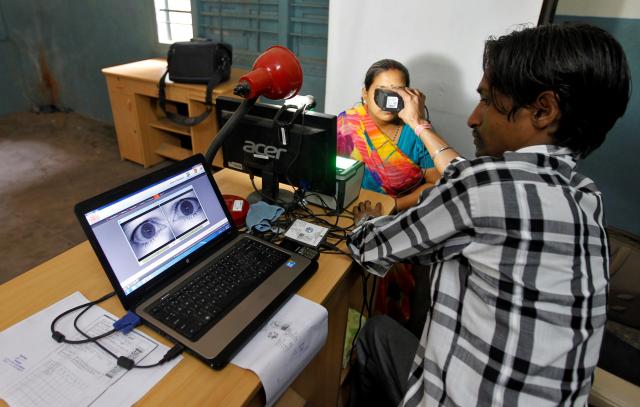NEW DELHI (Reuters) – The Supreme Court on Wednesday upheld the validity of India’s ambitious biometric identity project, ‘Aadhaar’, saying it benefited the marginalized and poor, but sharply reined in a government push to make it mandatory for various services.
In a ruling with far-reaching consequences, a panel of five judges cleared the use of Aadhaar for welfare schemes, saying it empowered the poor and marginalized.
“I think this is a fabulous judgment,” said lawyer Kapil Sibal, a member of the opposition Congress party, who had argued in court against the sweeping use of Aadhaar as a means of identification.
“It takes care of citizens’ rights and it ensures we don’t have a surveillance state in place, it ensures that our privacy is not intruded into, and at the same time, it protects the rights of the marginalized,” Sibal told television channel CNN-IBN in an interview as the ruling was being delivered.
Among other objectives, the project aims for a unique Aadhaar number, tied to an individual’s iris scan and fingerprints, to help block theft and leakages in India’s $23.6-billion-a-year food welfare program.
The court also ruled unconstitutional the use of Aadhaar by companies to establish an individual’s identity.
Media have reported several cases of Aadhaar breaches, but Unique Identification Authority of India (UIDAI), which manages the program, and other supporters, argue the system is foolproof and secure.
“The reason why we challenged (it) was because it went beyond the public distribution system, beyond protecting the marginalized, and tried to create a surveillance state,” Sibal added.




